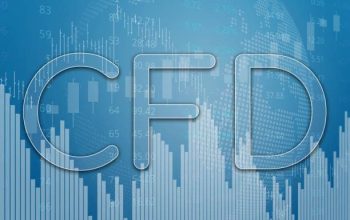As an aspiring trader, understanding charts is essential to navigating the stock market. Whether you are a beginner or a seasoned professional, charts are crucial to making informed decisions and maximizing profits.
This guide will cover the basics of reading and interpreting trading charts so you can approach the market with confidence. We will also discuss various trading apps that simplify chart analysis for traders.
Understanding Trading Chart Basics
Trading charts are visual representations of the market that show price movements over different periods. They are essential to analyzing the stock market, as they provide historical data that helps traders make informed decisions.
Without trading equity, traders would work blindly, without objective data to base their decisions on. By using trading charts, traders can make educated guesses about stock prices’ future direction.
Types of Trading Charts
There are several types of trading charts, each with its own benefits and drawbacks. The most common trading charts are:
– Line Chart: A basic chart that shows the closing price of a stock over a period of time.
– Bar Chart: A chart that displays the open, high, low, and close prices of a stock over a period of time.
– Candlestick Chart: A chart that shows the same information as a bar chart but in a more visually appealing way. Candlestick charts use colors and shapes to indicate whether a stock closed higher or lower than its opening price.
Each chart type provides a different level of detail and is suited to different trading styles. As a trader, it is critical to choose the chart type that best suits your needs.
Analyzing Trading Chart Data
One of the most critical aspects of reading trading charts is understanding chart patterns. Chart patterns are recurring patterns in buying stocks today and can help traders predict future price movements.
Some of the most common chart patterns include:
– Head and Shoulders: A pattern that looks like a head with two lower peaks on either side. It indicates a price trend reversal.
– Double Top/Bottom: A pattern that looks like two peaks or valleys, indicating a resistance or support level.
– Triangle: A pattern that looks like an ascending or descending triangle, indicating a potential breakout.
By understanding chart patterns, traders can make more informed decisions and increase their success rate.
Understanding Support and Resistance Levels
Support and resistance levels are key indicators on trading charts that show where buying and selling pressure is concentrated. Support levels are areas where buyers tend to step in and stop the stock price from falling. In contrast, resistance levels are areas where sellers tend to take profits and stop the stock price from rising.
By understanding support and resistance levels, traders can set stop-loss orders to protect themselves from losses and take-profit orders to secure their profits.





